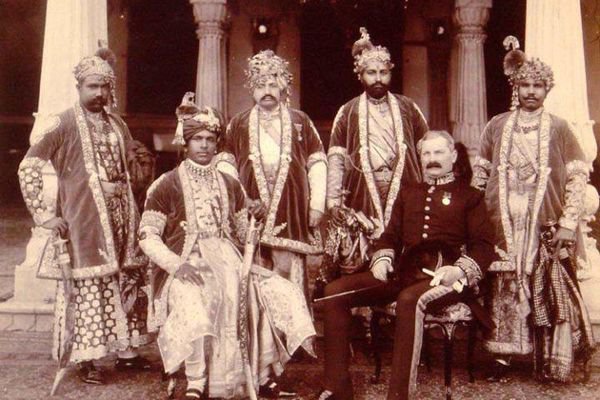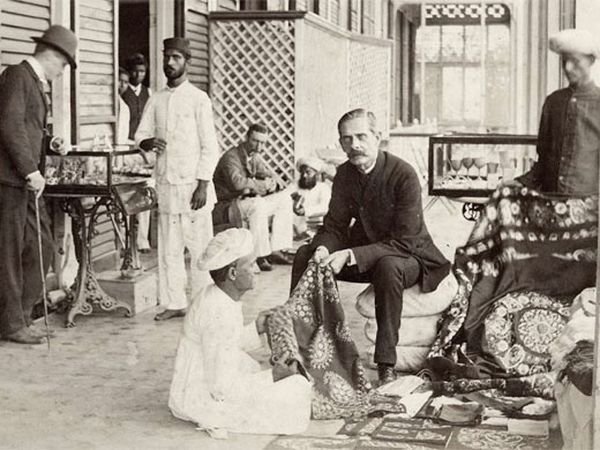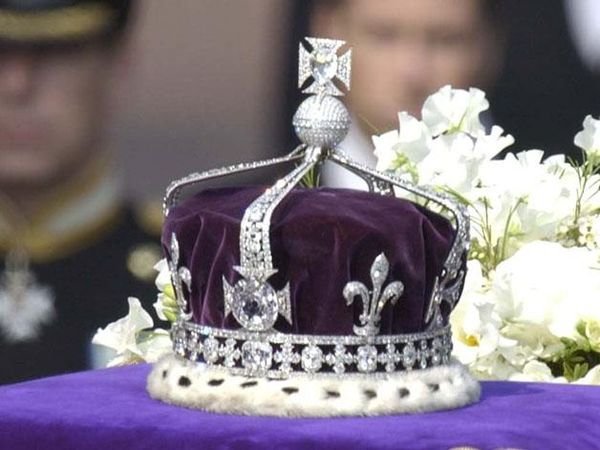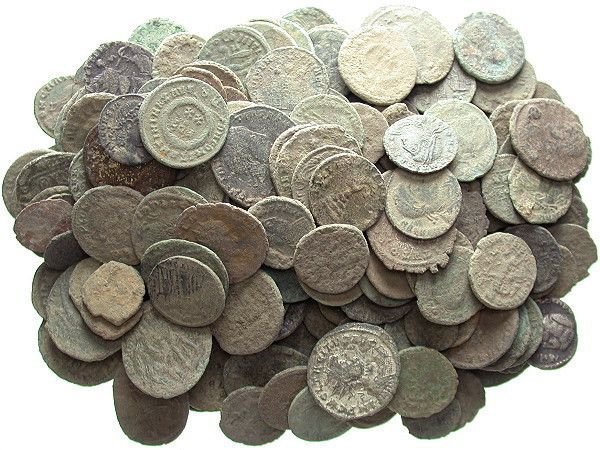Did you have the slightest idea that India was the wealthiest nation in the world before the British happened to us. There was no population explosion and we had enough food for everyone. The agriculture was rich and trade with foreign lands was on a boost. Not just the money, with rich spiritual and philosophical knowledge, we were the world leaders in practically every sense!
All in all, India possessed everything to be called the ‘The Golden Bird’.
Here’s a look at a few more reasons that validate the fact that India was indeed the global powerhouse!

It won’t be an exaggeration to say that India was the world’s largest economy between 1 AD and 1000 AD.
Also, contrary to the situation of today when we share a meagre 2% of the world’s trade, our contribution to the global economy in 1500 AD was somewhere around 24.5%. That was equal to all of Europe’s share!

During the period when the Mughals ruled India, the country’s income was 17.5 million Pounds, which was greater than the entire treasury of Great Britain.
No wonder Mir Jafar paid 3.9 million Pounds to the East India Company in 1757!

While rest of the world was practicing barter system, India was one of the first countries to develop money-based trade.
Texts from as far back as the 5th century BC mention Sreni, a corporation of traders, who used to procure the raw materials, controlled quality of manufactured goods and their price, and located markets for their sale!

History took its course, and our wealth was plundered. What was once the world’s richest nation is now labelled as a developing country. While the lack of unity within the country is also to be blamed for its downfall, it can be better summed up in the words of former India Prime Minister Manmohan Singh who said:

















